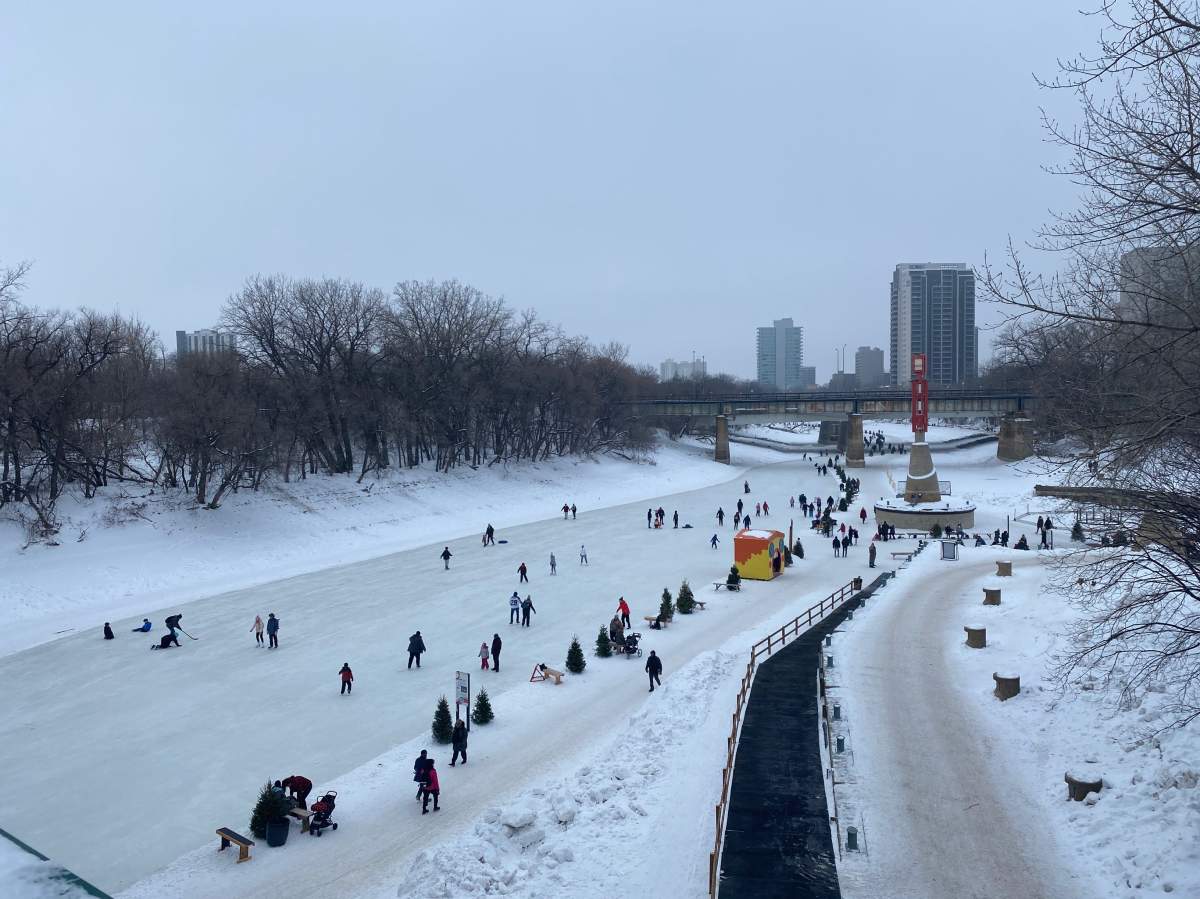A proposal to ban tobogganing at all but two municipal parks in a city east of Toronto is drawing criticism from lawyers who say the plan won’t boost safety and could limit access to the popular winter pastime.

But the idea appears to be in line with restrictions enacted by other Ontario municipalities, says an injury prevention expert who notes that many city hills weren’t designed for tobogganing.
The prohibition is being weighed by Oshawa, Ont., with a report on the proposal set to go before city council at the end of this month.
Personal injury lawyers argue it’s an example of often overstated municipal liability risks outweighing tobogganing demand.
Patrick Brown, a Toronto-based injury lawyer, called the proposal “ridiculous” and a “knee-jerk reaction,” saying municipalities rarely face successful injury claims for sledding injuries.
“The reaction, it’s almost like throwing the baby out with the bathwater,” he said. “It’s simply not well thought out and not based on what the law is and how the courts react to these types of cases.”
A report slated to go before Oshawa city council on Jan. 30 says an insurance review of 10 city-owned hills known to be used for sledding found a number of issues that must be addressed to mitigate risks.
“Our insurance company has warned us about this. It’s unfortunate we’ve become a society with lots of lawsuits and all that stuff,” Coun. Bob Chapman told a committee meeting this week where the proposal was discussed.
The proposal is aimed at protecting the city from “legal ramifications,” Chapman said, while also identifying areas where it’s unsafe for kids to play.

Get breaking National news
The city shares an insurance pool with several other municipalities in the Region of Durham. Uxbridge, citing an insurance risk assessment done on six of its hills, sanctioned only one of those hills for tobogganing this winter.
The Oshawa report said it would cost an extra $30,000 to the city’s annual operating budget to apply all the insurer’s recommendations, but city staff could implement them on two popular hills without additional resources.
City staff will also review opportunities, “where feasible,” to increase sanctioned tobogganing hills in city parks, the City of Oshawa wrote in a statement. It further said the city intended to post signs at other hills on city land indicating it was unsanctioned, and not inspected or maintained for tobogganing.

Derek Wilson, a Hamilton-based personal injury lawyer, said Oshawa should place restrictions on only the most dangerous hills and otherwise spend money to make the others safer for widespread access to the affordable winter activity.
“Tobogganing is a Canadian pastime,” he said. “Not everybody can afford to play hockey or go skiing … If they’re going to toboggan, then why not make it as safe as you can?”
The executive director of a national injury prevention charity said Oshawa’s proposal follows tobogganing measures enacted across Ontario.
Many municipalities limit sledding to approved hills, including Toronto, Hamilton and Ottawa, where a young girl died after a tobogganing crash in late 2021.
After that crash, the regional coroner and a city review issued a number of recommendations, including Ottawa only permit sledding in certain areas and issue “no sledding” advisories during inclement weather.
Pamela Fuselli, executive director of injury prevention charity Parachute, said few hills are designed for tobogganing, with municipalities often restricting those with several trees, poles or nearby roadways.
“Those are not the hills you should be using for tobogganing,” she said.
But, Fuselli said, there’s no evidence to suggest bans have a measurable effect on tobogganing injuries, which she said are relatively low compared with injuries from some other winter activities.
“There are going to be times where that hill is not safe no matter what we do. And then there’s others that are going to be safer or we can make changes that can mitigate those risks,” she said, noting the cognitive and social benefits of tobogganing for kids.
Between April 2020 and March 2021, there were 80 tobogganing hospitalizations recorded in Ontario, accounting for 1.4 per cent of all reported sport and winter hospitalizations, according to data compiled by the Canadian Institute for Health Information.
Over the same period in 2016 to 2017, the activity accounted for an even smaller share of winter and sport injury hospitalization. Nineteen tobogganing hospitalizations were recorded in Ontario, amounting to 0.02 per cent of all injuries in that category.
Skiing and snowboard injuries led to 325 hospitalizations during that period.
A post on the website of Toronto’s Hospital for Sick Children notes several tips for safe tobogganing, from wearing a helmet to constant adult supervision.
The 2021 post attributed to emergency physician Dr. Daniel Rosenfield notes that while it is important to minimize injuries, a growing body of academic literature acknowledges the developmental, psychological and physical benefits of “risky play.”







Comments